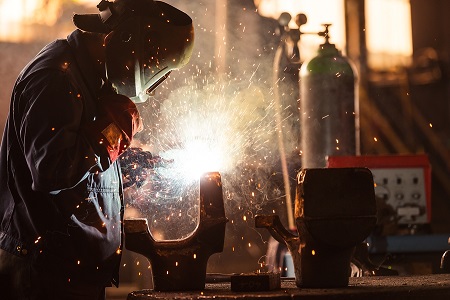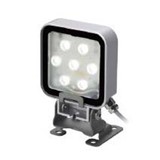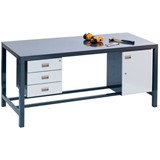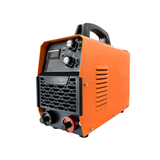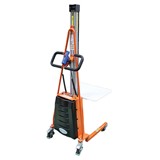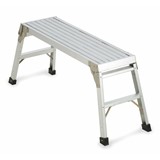Safety programs vary depending on the type of shop and the prevalence of welders, but the following six welding safety tips should be factored into safety procedures.
Read the instructions
While this seems basic, too many welders don't take the time to properly familiarise themselves with new equipment. Not all welders are created equal.
The manufacturer will include all important safety features in the manual, as well as tips to ensure the equipment's potential is being maximised.
New employees, or employees using new tools, should be afforded adequate time to familiarise themselves with their equipment.
Gear up
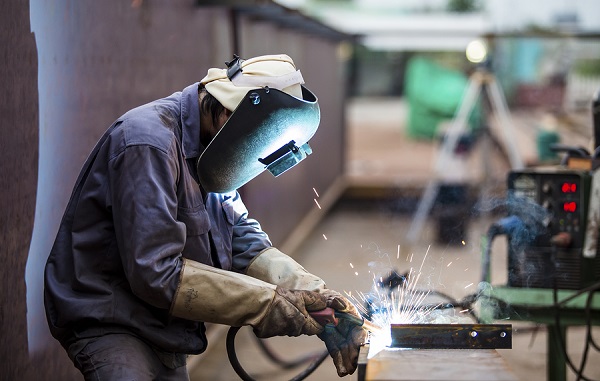
Proper attire should be worn at all times, ensuring safety from head to toe. Start with a welding bandanna, safety goggles, a proper helmet, light-weight welding jacket, a leather apron and welding gloves.
Denim pants (without cuffs) should also be worn, completely covering a pair of high-top leather boots. Pockets should be empty, particularly of cigarette lighters and bulky items.
The only skin that should be exposed is skin that a welder doesn't mind burning.
Proper ventilation
Extremely large or open work spaces may be able to keep air contaminants to a minimum. However, most facilities have too much volume to trust simple circulation to keep welders safe from harmful fumes.
Mechanical ventilation can include hood vents that duct contaminated air outside or high vacuum fans that run contaminants through a filtration system. Respirators and/or "dilution" ventilation (open doors with high-volume fans) may be adequate depending on the volume and type of welding being performed.
Monitoring instruments can be installed to ensure workers are operating in safe conditions.
Keep welding areas clean
It can be difficult to keep your attention on surrounding areas while wearing a mask. A limited field of vision makes it difficult to see obstacles, while flammable materials in range of a wayward spark – let's just call that a "bad thing".
It is preferable to have someone monitoring for fire and fire threats, but that isn't always feasible. At a minimum, the work area should include everything the welder needs to perform the job and nothing more.
Give fair warning
Particularly where welders aren't in continuous use, be sure employees are trained to warn others before firing up equipment. Others in the shop aren't likely to be wearing adequate clothing or eye protection.
Consider auto-darkening helmets
Granted, a proper helmet was listed above (see Gear up), but this piece of equipment warrants its own mention. Eyes can experience "arc flash" quickly; helmets with a response time of 1/3,600 of a second are not adequate for industrial use.
Proper industrial-grade helmets react at speeds of 1/10,000 of a second or less. They allow welders adequate vision to see their work space when the machine isn't in use and protection when activated.
Some even sense the arc electromagnetically. This feature protects eyes should a sensor become obstructed.
If welding in cold weather, verify the temperature tolerance for the helmet being used. Cold weather will delay reaction times.
Automatic helmets also reduce stress on the neck and back. They are lighter and operators don't need to snap their heads to lower the hood. They also save time between welds, thereby increasing productivity.

